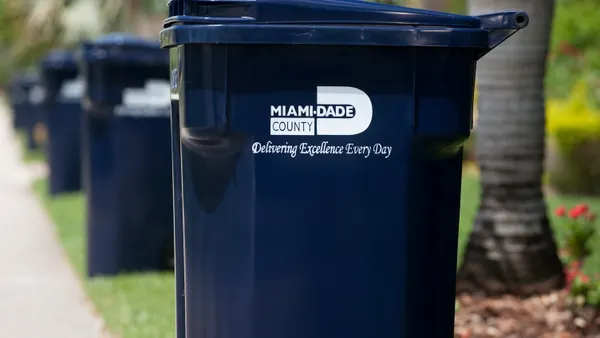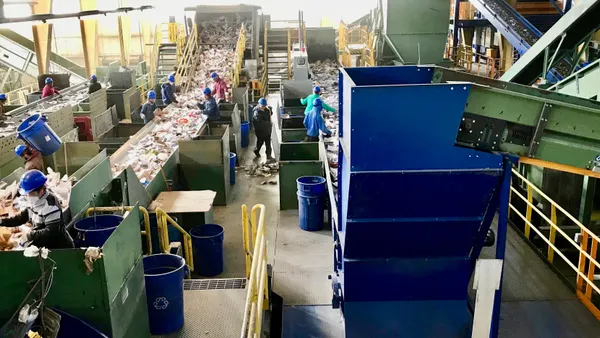Dive Brief:
- A new European Commission rule proposes to open up competition for manufacturers of organic waste-based fertilizers in a market currently dominated by non-organic fertilizer companies; stakeholders behind this move say it would facilitate reuse rather than landfilling of certain wastes.
- The regulation would lay out standard rules on conversion of biowaste to produce fertilizer products, as well as stipulate safety and quality measures and labeling protocol. Fertilizer manufacturers would be required to show that their products meet minimum organic and microbial contaminants and physical impurities requirements, according to Waste Management World.
- Manufacturers would be able to CE mark their product, allowing them to trade in the single market or they can trade based on national standards.
Dive Insight:
Constituents pushing for this new regulation say it will be a catalyst for innovation, introducing products that would cut waste and energy consumption — a key to a closed loop concept. At the same time the rules would consider environmental and human health; tighter regulations would reduce limits of cadmium in phosphate fertilizers from 60 mg/kg to 40 mg/kg after three years, and to 20 mg/kg after 12 years.
Other researchers have come up with innovations in fertilizer technologies. Some German scientists have reportedly found a chemical-free way to recover phosphorus salts from wastewater to make commercial fertilizers.
Encouraging more product innovation and helping bring these ideas to market will be a plus to agriculture and industry beyond farming, believes Commission Vice-President Jyrki Katainen. "Our farmers are using fertilizers manufactured from imported resources or from energy-intensive processes although our industry could valorize these bio-wastes in recycled nutrients. This regulation will help us turn problems into opportunities for farmers and businesses," he said, as reported in Waste Management World.
Supporters of the proposed revamped regulations say such changes will open the door for innovation while continuing to incentivize large-scale fertilizer production in the EU and simultaneously providing a regulatory framework to make the internal market more accessible.








